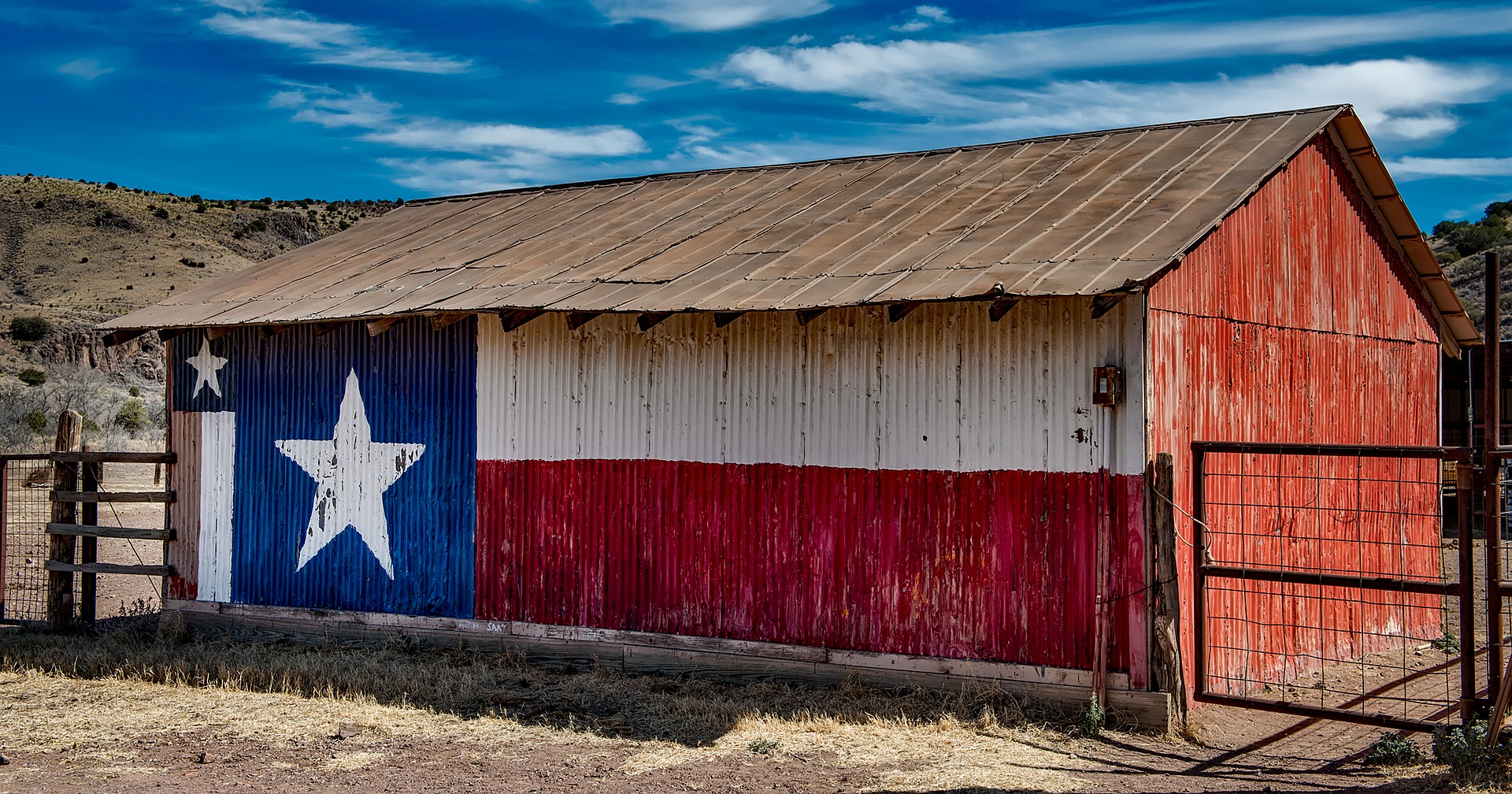Nowhere else on the planet in the last three hundred years has there been a pioneer narrative quite like the legends and myths of the American Frontier. The United States is a fantasyscape from which authors and song-writers still find inspiration, from the heroes of Outlaw Country to the new Barons of Industry. And if the United States frontier gave us the rich history of a burgeoning nation, then Texas was its next of kin.
Number 5: The More Important Cemetery Traditions of Liberty Hill
It’s interesting to see an urban legend that seems to have its roots more steeped in East Coast Voudon tradition than South Texas tradition not an hour away from my desk in the suburb of Liberty Hill. I’m not a local per se. I’m originally from San Antonio (ask me about the ghosts at the Carlisle across from the Alamo), so it’s not surprising that I had not originally heard of the witch grave at a family cemetery in Liberty Hill, northwest of Austin on Highway 183.
Or is it?
Local blogger Anita Dalton of Pflugerville (north Austin suburb) wrote in her blog, Odd Things Considered, “[the Liberty Hill Witch story] is cobbled together using elements borrowed from other places and times, it’s not a story that attempts to explain some unpleasant reality of frontier life because tensions regarding slavery were long in the past when the myth was created (though certainly elements of the story may have some factual basis in social injustices that happened to other black women in Texas). It’s a bad ghost story that doesn’t really add to the lore of Texas or depict social issues of the past so much as it contributes to wholesale vandalism of historical sites.”
This explains why I haven’t heard of this legend before. According to Dalton, the legend can’t be more than twenty years old. I disagree with Dalton on a few points. Her first point that the story has no basis in racial tension gives me pause. A lot of small towns throughout the US have not relinquished old prejudices. Pockets of extreme racism are common in rural parts of Texas. The legend states that Elizebeth Simpson (a corruption of the name of the actual person buried in the Bittick family cemetery in Liberty Hill) had either been hung as a witch or as a horse thief. The horse thief seems to be the more likely story, though in certain parts of the Antebellum and Deep South during Jim Crow, just being a person of color could be considered a hanging offense as well.
However, witch hangings in Texas were not common. In an assessment that is GROSSLY oversimplified, this is likely cannibalized from both the witch trials of New England and the fear of native African cultures that lead to extreme oppression and villainization of what we now call voudon magic in the Antebellum South. Witchcraft on the American frontier involving a corruption of Native American magic melded with the good old fashioned Gothic Romance of New England gave Howard Phillips Lovecraft and Zealia Bishop the inspiration for their collaborative work of short fiction, “The Curse of Yig”.
Attractive to cemetery enthusiasts, and the “tourists” who use the curse of Elizebeth Simpson as an excuse to perform perverse rites and carve chunks off of the tombstone, is the “curse” Elizebeth Simpson laid before anyone who passed by her grave, “And remember as yo ar pasin by yo must die as well as I.”
Out of context, this may at first sound like a curse. However, it’s more of a play on the sentiment of Emily Dickenson, “Because I would not stop for death, death kindly stopped for me.” The lady buried in a plot somewhere in the Bittick family cemetery was neither a witch nor a person of color. Her family had to move her tombstone to keep graveyard thrill seekers from causing any more damage to the actual plot.
Though there can be no doubt that the story of the Liberty Hill Witch is a hoax, there is ample evidence to suggest that the story is rooted deeply in the legends of persecuted black women, most notably, the story of Chloe from the Myrtles Plantation in Louisiana, Texas’ immediate eastern neighbor. Chloe is said to have poisoned the plantation family that kept her enslaved. Another popular and very well-known voudon princess was the historical Marie Laveau, the rootworker from the French Quarter of New Orleans, who is buried in Saint Louis Cemetery, and whose protection is still exhorted in times of need.
More than the corrupted witch legend, what Dalton observed at the Liberty Hill cemetery while digging into the Liberty Hill Witch, gave the blogger more interesting things to speculate about than an unfortunate urban legend perpetuated by websites and bored high schoolers. Dalton noted the presence of coins left on the tombstones of children.
Though this is not native to Texas, leaving coins on the graves of relatives has traditionally been a way for family members to “pay the ferryman” to help loved ones move from this life over yonder to the hereafter. There are numerous cultures scattered across the planet that leave coins on the eyes, in the mouths, at the feet, or on the graves of the departed. Dalton remarked in her blog that it was surprising to see so many quarters left on two particular grave sites at Liberty Hill, one belonging to a small child born the day before Halloween, and another larger rock tomb of a young child also “festooned with change”. Children’s graves (especially ones which the aforementioned bored teenagers revere as cursed, such as a child born the day before Halloween) have always received special attention, even from people who don’t know the family. This is underscored by a recent uproar in New York when the cemetery of the Holy Rood forbade relatives from leaving offerings at their children’s plots.
Dalton offers anecdotal proof that not all of our legends have their roots in oral tradition. The Liberty Hill Witch is a cautionary tale of how the internet is changing the spread of urban legends.
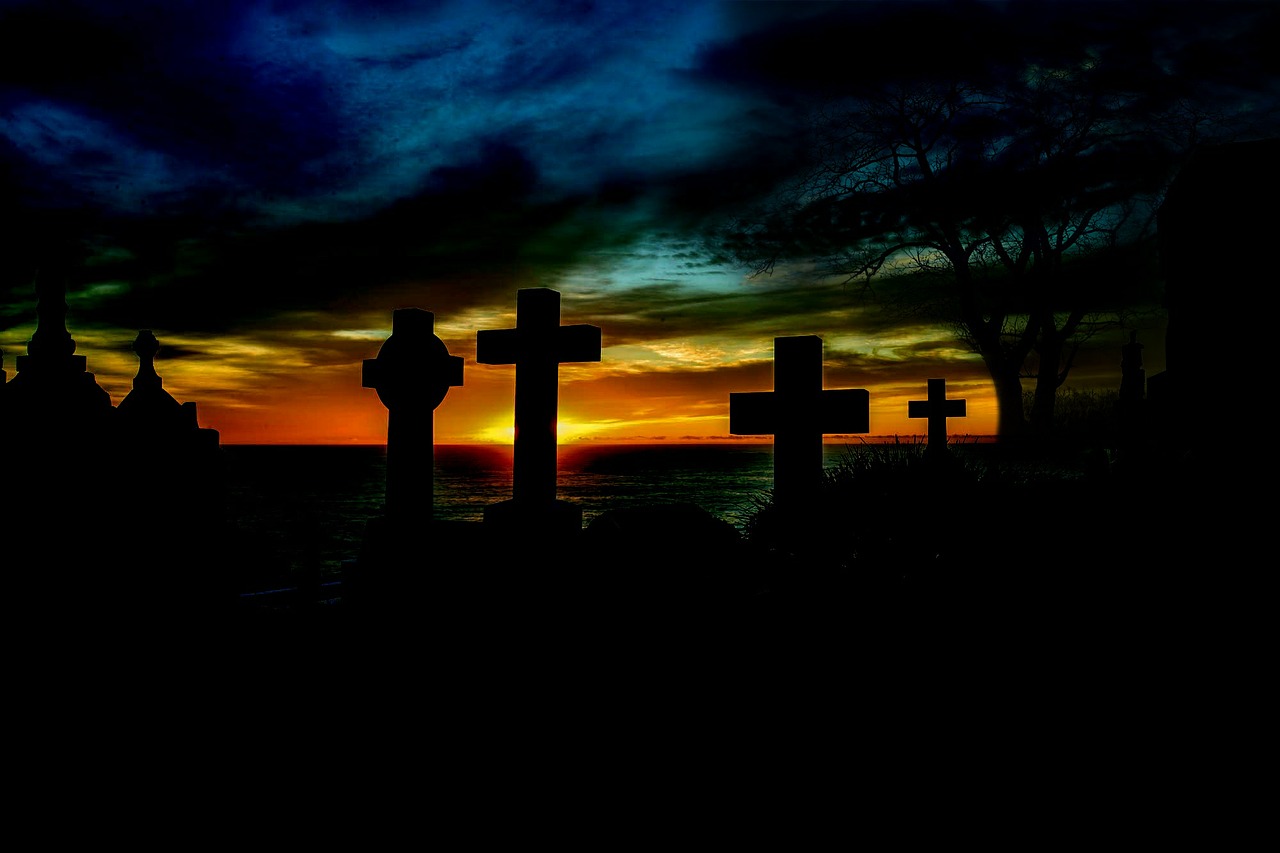
Number 4: The Dancing Devil of El Camaroncito
Many urban legends of South Texas have their roots in Mexican and Latin culture. For those who are not familiar, Texas was originally a colonial territory of Northern Mexico. Land deals were brokered between the Virginian, Moses Austin, the first empresario to formally arrange for the colonization of 300 white families in Tejas. Moses Austin died before he reached Missouri, and left the contract to his son Stephen Fuller Austin, who had set himself up as a land-owner in Arkansas (what would later become Little Rock). The younger Austin was elected judge, but failed to successfully hang onto his own property and lost his appointment. This man is now known as the Father of Texas, who, with the help of my blood ancestor, Jose Antonio Navarro, helped settle the new Mexican state of Coahuila y Tejas. So much of Texas urban legendry is steeped in Mexican culture that it’s no wonder our legend of the Devil dancing at the El Camaroncito endures even to this day.
The El Camaroncito was a night club off of Old Highway 90 on the southwest side of San Antonio. The place is abandoned but you can still drive up to it. According to Snopes, this story first circulated in 1975. A handsome stranger entered the dancehall and turned every female head in the place. One can only imagine how he looked. I’m thinkin’ Alexis Cruz with black hair.
Oh yeah.
He swept every woman in the club off their feet. Every woman he came into contact with seemed to fall into a strange trance. One woman was able to break it and screamed in horror, pointing to the floor. “Your feet! Your feet!”
The handsome dancer’s feet were the taloned claws of a chicken, a sign of the devil in Mexican culture. The stranger supposedly disappears into the men’s bathroom and does not return.
A pair of chicken feet is instantaneously a sign of witchcraft or the devil in many Mexican folk traditions on the subject. In Neil Phillip’s collection of Mexican folk tales, Horse Hooves and Chicken Feet, the witch Selvestre Guzman had the feet of a chicken. According to Cari Donaldson in an article for the Catholic Exchange, the devil cannot hide his feet. The Christian Register backs Cari Donaldson’s friend in her article, reporting on April 16, 1914, “That we may everywhere and at all times recognize him, for the Devil cannot hide his cloven foot.”
Which brings me to the odd twist in the Devil of El Camaroncito. There are two versions of the story, both are common Mexican folk traditions: the Devil either had the feet of a chicken, or one foot as the cloven hoof and one foot that of a chicken. Sometimes you will even hear the name of the dance, the Lambada, which surfaced as late as 1992.
It also seems the legend tends to update itself with the times, moving from a fiesta, to a town dance, to a night club (most recently). You will hear both versions of the feet in this urban legend depending on who you talk to.
The witch of Phillip’s collection brings us to another of the urban legends of south Texas that is deeply rooted in Mexican folk traditions.
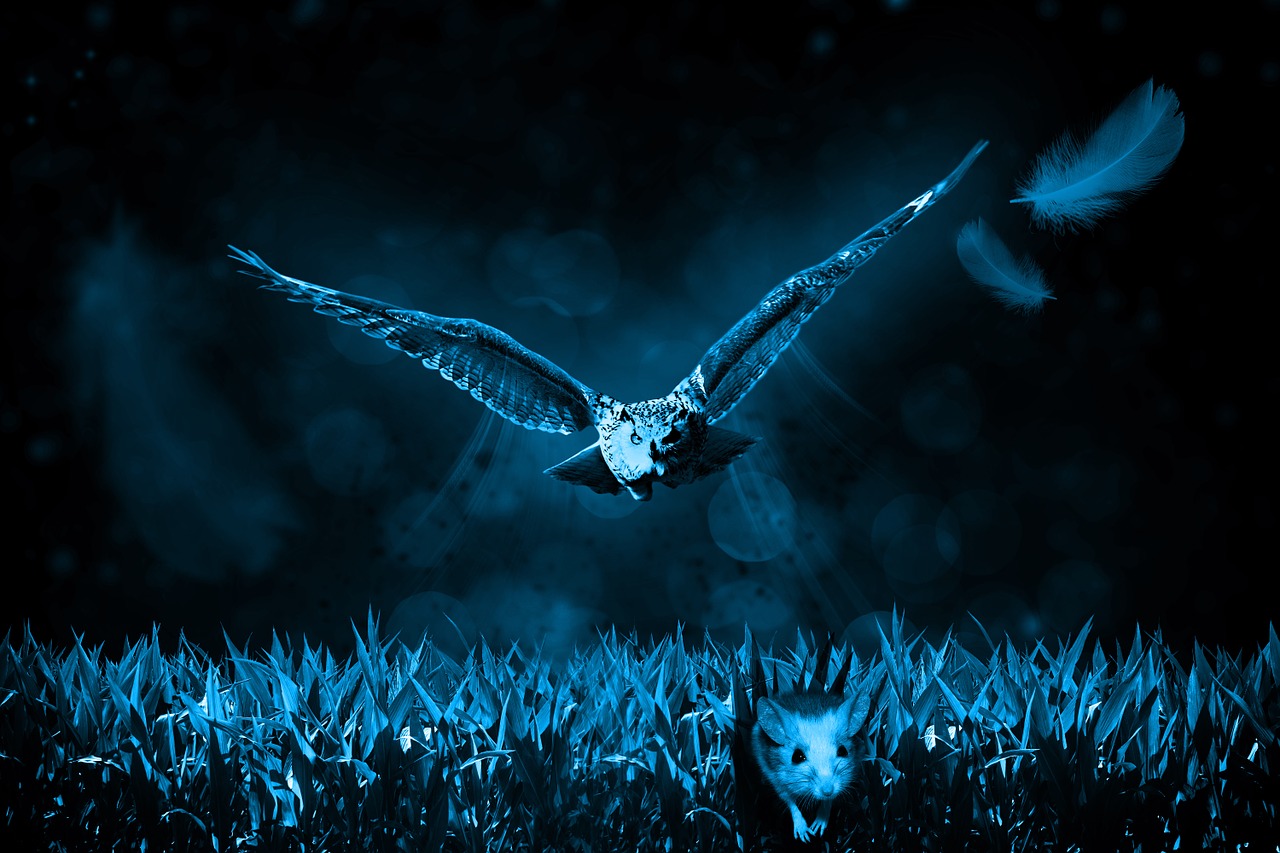
Number 3: The Lechuza Spirits of the Texas-Mexico Border
The tales of the Lechuza is one of the Texas-Mexico border’s most enduring folktales. An urban legend popularized by historian Richard G. Santos has it that three women from Zavala County were on their way back south from San Antonio on Highway 57 when an unusually large owl began to tail them, weaving and bobbing. According to the three women who spoke to Santos, the owl paced the speeding vehicle, coming along broadside of the driver’s side. As the “owl” moved off, the car died. The woman driving was able to get the car off the road, and eventually it did start back up again. Despite the myriad reasons why a car might die suddenly (overheating, wiring, battery, etc) the ladies in the car whispered a single word, “Lechuza”.
In Border Spanish (which varies substantially in vocabulary from Interior Spanish), bruja, is the word used for “witch”. Lechuzas, according to urban legends, are brujas who have sold their soul to the Devil. They can turn themselves into human-sized owls with the face of a human woman, claims the bloggers at The Demoniacal.
The Lechuza has a lot in common with the banshee and the harpy. It is said that the Lechuza can imitate the sound of an infant crying to lure humans into a trap. It is said to hear the cry of the Lechuza heralds a death in the family. Salt and swear words drive them away.
As if the idea of a witch were not frightening enough, the Lechuza is particularly frightening, as frightening as any vampire myth of the Balkans. The legends are still passed in oral traditions down here, and many believe early settlers and even the indigenous people mistook the large owls of South Texas (and they can get quite big) for evil spirits.

Number 2: Texas Has a Headless Horseman Thanks to Bigfoot Wallace!
Bigfoot Wallace is one of Texas’ and the American West’s many legendary heroes. He was popularized briefly in a novel by Larry McMurtry, Dead Man’s Walk. William Alexander Anderson “Bigfoot” Wallace was employed as a Texas Ranger, the only real law enforcement body in Texas from Texas’ independence from Mexico in 1836 until roughly 1847, when the United States assumed law enforcement of the Texas Frontier. The Texas Rangers doggedly clung to their traditions after they were stripped of their title, but that is a story for another time.
It all started with a Comanche raid north of San Antonio. Fellow Texas Ranger, Creed Taylor, who had kept his ranch not far from town, attracted the attention of a horse thief named Vidal, who had already earned a reputation and carried a sizeable bounty on his head. Thinking that Creed had gone north with most of the other menfolk to fight off the Comanches, Vidal stole several prized mustangs from Taylor’s ranch along with most of the horses from a nearby town. He was wrong. Creed, mindful of bandits, had stayed home. Creed enlisted the help of his partner, Bigfoot Wallace, to track Vidal, and soon the two expert trackers had Vidal and his henchmen in their sights.
They waited for the bandits to make camp, then struck, killing everyone. Unfortunately for the bandits, horse thieving is an offense punishable by death—and is still a hangin’ offense on the books in Texas. Many bandits were made example of with public hangings (my grandfather witnessed the last one performed in Texas as a child—but that’s a different story). Other, more brutal forms of outlaw justice had been used by the Texas Rangers to deter horse and cattle thieves, but this seemed to only work on the ones they could catch. Nothing seemed to deter the bandits. Remember that in a ranch state like Texas, stealing cattle and horses was tantamount to crimes worse than murder. A horse was a man’s way to make money. Cattle was precious, and often worth more than cash money.
Bigfoot and Creed decided this one deserved a special touch. They decapitated Vidal and strapped him upright to the saddle on a wild Mustang. They lashed his hands to the saddle horn and strapped a sombrero on the headless trunk. With a sharp slap to the rump, they sent the mustang off to carry its grim message around the hill country.
It was not long before stories cropped up of a headless man wearing a sombrero in remote brush country counties, earning the grim reaper of West Texas the name, El Muerto (literally “The Dead One”). Ranchers and cowboys, not knowing what the reckless pony was carrying, often shot at the corpse. When local ranchers had enough of the haunting thing, they caught the mustang and unburdened him of the bullet-riddled, desiccated corpse of Vidal. Vidal was buried in an unmarked grave near present day Ben Bolt, south of Alice, Texas.
Though dead and buried, El Muerto continued to be sighted as late as 1969. In 1917, a couple claimed to see a gray stallion ride by with a headless man screaming, “Its mine! Its all mine!” as they made camp on their travels by covered wagon to San Diego.
I’ve lived around Southwest San Antonio all my life, and visited the headlands of the Nueces (close to the old Creed Taylor ranch) many times, but have yet to ever see El Muerto. I’ll let you know if I do.
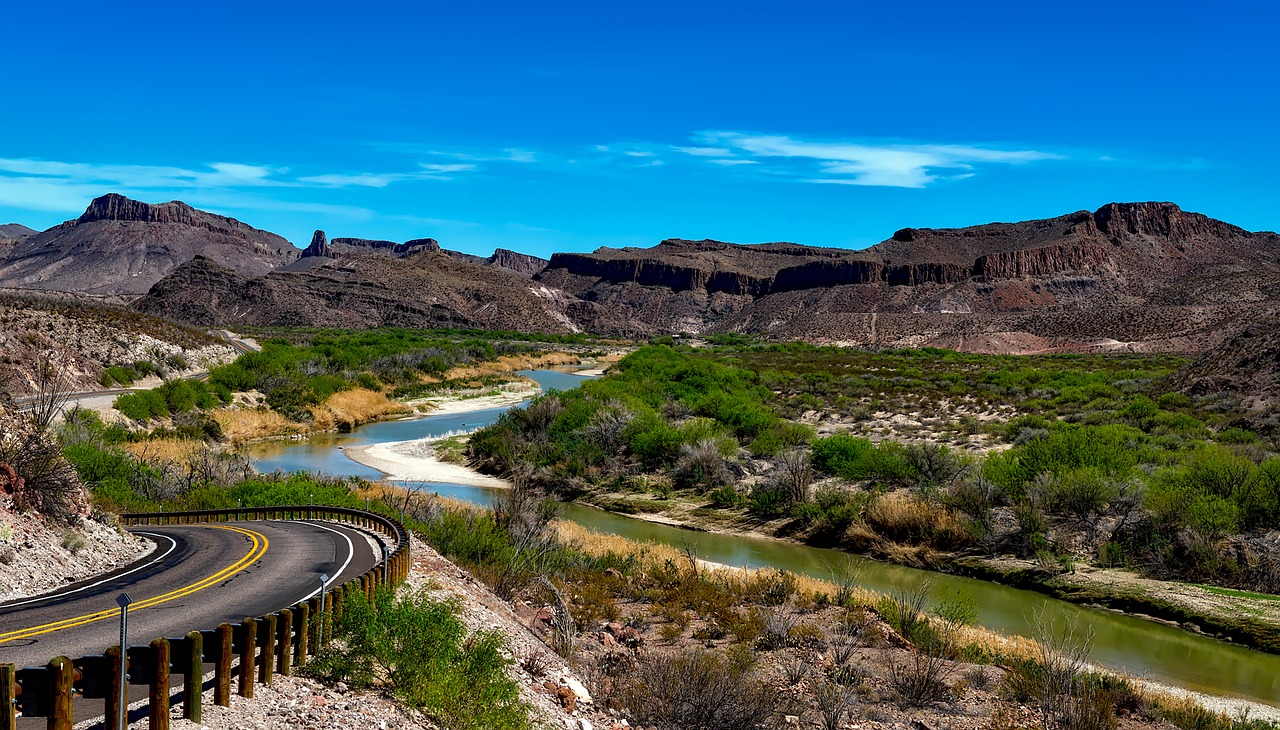
Number 1: The Marfa Lights
Gather up your federal dossier and slip into that black long coat! We’re taking this X-File out to west Texas in search of the Marfa Lights!
Surprisingly for this conspiracy nut (myself), I had not heard of the Marfa lights until I was listening to the radio one morning here in Austin. One of our local radio personalities, Rob Mason on KVET, mentioned that his father, at the age of 80, had decided to take his girlfriend on a road trip out to Big Bend. For those unfamiliar, Big Bend National Park is a nature preserve in the “bend” of the Rio Grande river. Marfa is a common stop for tourists traveling through West Texas. Mason suggested his dad might stop to see the Marfa Lights.
Marfa used to be a small oasis near Alpine in far west Texas. Now it’s known as an art hub full of California and New York transplants enamored of the last bastion of the American frontier off of Highway 90 headed to El Paso. Though it was a failing ranch town through the 80s and 90s, Marfa has seen a huge surge in population and a rise in property taxes from gentrification that has many permanent town residents edgy. Citizens like Rosemary Cox, granddaughter of Robert Ellison, one of the original ranchers in the area to first unofficially report the appearance of what tourists, historians, and citizens of Marfa alike have come to lovingly call the Marfa Lights.
Rosemary Cox was Michael Hall’s subject of interview in 2006 when he reached out to her to see if the lovely lady would be interested in allowing him to read her grandfather’s memoir of ranch life. Unfortunately for both Cox and Hall, Ellison never made any official mention of the lights in his memoir. It was the stories he related to his friends and family about the lights that stuck with so many and is still a massive sticking point for believers hoping to derail skeptics.
Though Ellison did not officially report the lights, ex local politician Clayton Williams remembers his great-grandfather’s tales of work as a surveyor in the Terlingua area in the 1880s.
“He had a Mexican guide named Juan Cano,” said Williams “[…] and he told my grandfather stories by the campfire that the Indians had told the Mexicans, including one about the Marfa lights. The Indians called them Alsate’s Ghost, for the Apache chief who had been killed by the Mexicans. My grandfather wrote a lot of stories—Indian stories as told to Mexicans, who told my grandfather. He saw the lights too, but I don’t think he ever wrote down his observations. But he told me about seeing them.” (Hall, 2006).
The Marfa lights are famous all over the country. Tourists travel from far away to stand at the wide shoulder on Highway 90 between Marfa and Alpine to have dinner at the picnic tables at dusk and catch a glimpse of the strange balls of light that are said to float along the Badlands, winking, playing, rising and falling, sometimes splitting off from each other, or changing colors. Though tourists never miss an opportunity to glimpse them, skeptics are rife. One study from the University of Dallas seemed to have definitively concluded the Marfa lights to be nothing more than a coincidence. Michael Hall begs to differ, wondering how a group of college students in west Texas with no supervision performed reliable tests on a supernatural phenomenon.
Locals are stalwart in the face of such skepticism. Michael Hall wrote, “The locals have no choice but to maintain a sense of resigned good humor about the mystery lights. Indeed, most of them take the lights for granted. Like their forefathers, residents see them as just part of a landscape that includes, for example, the majestic Cathedral Mountain jutting dramatically out of the high desert. As Cox had told me, they’re just there.”
Though many skeptics claim that the Marfa lights are in fact headlights from Highway 67 (Old Presidio Highway), Robert Ellison’s sightings, along with the sightings of countless others, first surfaced 123 years ago, well before the arrival of automobiles to the West Texas desert. It is this aspect of the myth that is likely to ensure the endurance of the tale long after the skeptics move on. Like many other popular legends of Texas that have survived the almost-total eclipse of historical fact, the Marfa Lights mystery persists. Hall says, “Forget what the believers and the skeptics say. Forget what you’ve seen, or think you’ve seen, with your own eyes. There’s no way to know if the Marfa lights are real—and that’s what’s so great about them.”
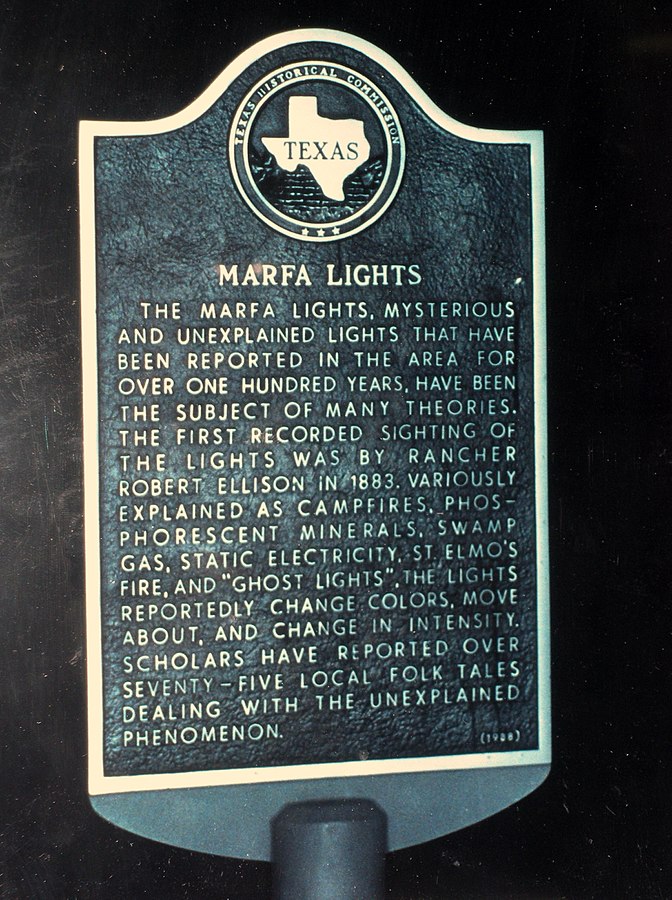
Though I originally set out to write the top five urban legends of America, I discovered that some of the favorites from around the country came from Texas. I’ll let the friends, fans, and followers of #FolkloreThursday give us their favorite local urban legends. They will tell those tales far better than I ever could. Texas has a rich history and a wonderful set of urban legends and folk traditions that draws not only from the white Americans that settled here, but also the Native American and Mexican traditions that were here long before the settlers arrived. In our current social climate in the United States, it’s important to take a step back and remember the stories and traditions that make us unique and brings us together in a brilliant, shared heritage.

